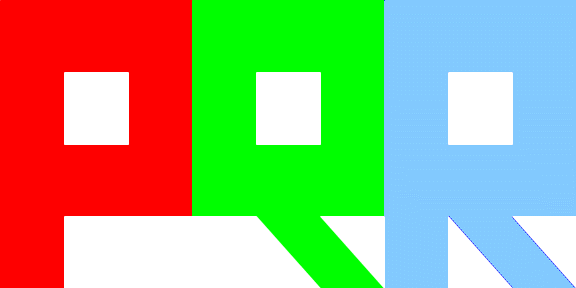So here's what I've been looking into recently.
Earlier this year I visited the Bodleian Library in Oxford to look through the papers of Frederick Soddy, the rather troubling Nobel prizewinning scientist. As he had been active both in investigating the structure of the atom and in filling space with spheres, I thought there might just be something there that would help me with my researches. I spent the day looking through 17 notebooks filled with years' worth of geometrical ramblings, many of which related to a curve called the arbelos and how it might be used to construct a mechanical device for solving cubic equations--a topic which seemed to obsess Soddy in the twenty years after he retired from his Chemistry chair. (This was in the days before electronic computers became widespread.) Indeed, at the time of his death in 1956 at age 79, he was still looking for ways to find algebraic values for the trigonometric functions of angles.
Although I failed to find any new ideas to use, I did find some photographs of Soddy's "Bowl of Integers" which he described in a 1937 paper published in Nature (vol. 139, pp. 77–79, 9 January 1937).

This shows how a sphere can be packed with smaller spheres, all having diameters that are exact fractions of that of the large sphere. I was familiar with this idea, which is similar to the Ford Spheres I discuss in my book PQR Theory: How One Can Create a Universe, but seeing these pictures has prompted me to start thinking about a new series of model universes.
In a nod to Soddy I call these models S1, S2 and S3, corresponding to the L1, L2 and L3 models that are in the book. The L1, L2 and L3 models created flat Euclidean spaces of 1, 2 and 3 dimensions: L1 used a system of Ford Circles to create a line segment, L2 used Ford Spheres to create a triangular surface, and L3 used Ford Hyperspheres to create a tetrahedral space. However, the S1, S2 and S3 models create curved spaces which have no boundaries: S1 uses an Apollonian Gasket to create a circular line, S2 uses Soddy's Bowl of Integers to create the surface of a sphere, and S3 extends this concept by an additional dimension to create a glome, which is the three-dimensional boundary of a four-dimensional hypersphere. All these spaces have the property that if you start anywhere and keep moving in the same direction, you will eventually get back to your starting point.

Here's a picture of an Apollonian Gasket.
This one is constructed by taking a circle of unit radius, inscribing two circles of half that radius (which touch each other at the center of the big circle) and then filling each resulting gap in turn with the largest possible circle that will fit. I've only shown the first few stages of the construction, but you can go on indefinitely in this way, fitting in more and more ever-decreasing circles, all of which will have a radius that is an exact divisor of the starting circle's radius. The points where these circles touch the outer circle will form the circular line that is the S1 model. (Incidentally, while the gasket includes circles that don't touch the outer circle, these can be ignored for the purposes of the model.)
Likewise, Soddy constructed his bowl of integers by taking a spherical container and filling it, initially with two balls each having half the container's radius, and then filling the remaining spaces with a succession of smaller balls. Again, I am considering only the points where these balls touch the outer container, as the points of the S2 model.
By analogy, I am building the S3 model by taking a 4-dimensional hypersphere and filling it with smaller ones, starting with two hyperspheres of half the container's radius. The points where these touch the outer hypersphere are the points of the 3-dimensional space of the S3 model, which develops over time as more and more hyperspheres are added. Despite this glome being a 3-dimensional space, I haven't yet figured out a way to illustrate it meaningfully, since it wraps around on itself in some rather counterintuitive ways.
The L1, L2 and L3 models used the following formulas:
L1: Cartesian Trios: (w + x + y)² = 2 (w² + x² + y²)
L2: Soddy Quartets: (v + w + x + y)² = 3 (v² + w² + x² + y²)
L3: Gosset Quintets: (u + v + w + x + y)² = 4 (u² + v² + w² + x² + y²).
However, the formulas for the S1, S2 and S3 models contain an extra 1 on each side:
S1: (w + x + y - 1)² = 2 (w² + x² + y² + 1)
S2: (v + w + x + y - 1)² = 3 (v² + w² + x² + y² + 1)
S3: (u + v + w + x + y - 1)² = 4 (u² + v² + w² + x² + y² + 1).
These extra 1's arise because the shapes are touching, not a flat space (which has zero curvature), but a container of radius 1 (which is taken to have a curvature of -1 because the shapes touch it internally). However, my initial researches indicate that things seem to work much the same way in the S-series models as in the L-series models. And while the new formulas are slightly more complex, they do appear to have the advantage that the integers of the trios, quartets and quintets no longer need to be coprime, which is a philosophical simplification I like as it removes a constraint that I always considered to be somewhat artificial.
So could the topology of our Universe be a glome? Watch this space for future developments!

